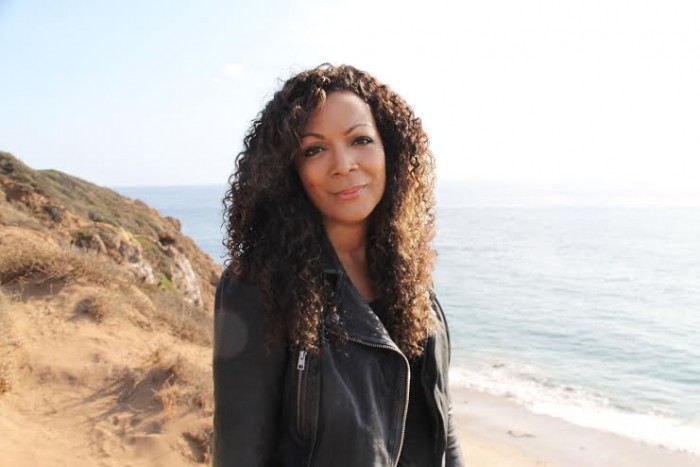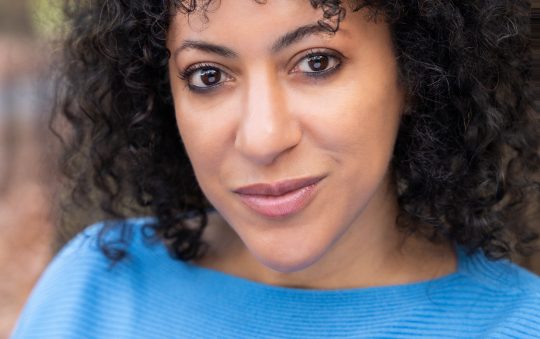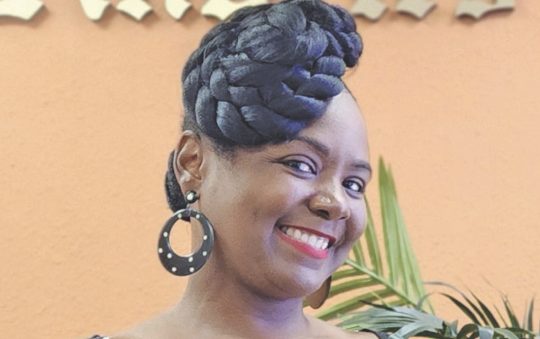
In what is perhaps a step towards changing the stigma of mental illness that persists in Black communities, Cynthia Bond, bestselling author of the critically acclaimed novel Ruby, was on hand at the African American Mental Health Conference last week to speak about the healing impact of narrative therapy.
“We live with lies, we live with a false story,” Bond said. “We all are able to break that lie, tear it to shreds and rewrite our story.”
Bond, who taught narrative therapy to her clients during her career as a social worker, spoke about her experiences with abuse and depression as well as how she was able to overcome her past through writing.
“When you’re a writer you map your world, you create your world,” she said. That can be a very freeing thing for many afflicted with depression and trauma, she says.
Specifically, narrative therapy can help victims rewrite the ending to what is often a traumatic story.
“They break patterns of feeling like a victim,” Bond said.
While normally not ideal for individuals with severe mental illness, narrative therapy’s unique combination of storytelling and healing can make it an excellent option for individuals afflicted with mild depression, or adjustment disorders, said Pia Holec, a New York-based psychotherapist.
Historically, Black people have used storytelling to pass down traditions and history. Narrative therapy allows familiar traditions to continue and healing to occur in a unique manner.
“The objective of narrative therapy is to create distance between the problem and the person,” Holec said.
By externalizing the problem, patients are able to look at their traumas in a new light.
“It’s being able to rewrite the conversation,” Holec said.
For instance, a woman who was abused for several years by an elder family member might, under the supervision of a therapist, decide to write a story about his or her abuse. The story allows the patient to express themselves and take the next step towards healing, Holec notes.
Writing Ruby was indeed a healing experience for Bond, who notes that she wrote her way out of the depression and abuse she suffered.
“I went through about ten or 11 years of dealing with or wrestling with my own history,” she said.
The book itself chronicles the journey of a beautiful East Texas woman saddled with a lifetime of abuse who ultimately finds deep, meaningful love.
Writing Ruby opened up a whole new world for Bond, who at the time was struggling to make ends meet as a single mother.
It allowed her to experience the happiness that was lacking in her own life, while giving her main character, and herself, a victorious ending.
“When I finished that last scene I felt free, I felt freedom,” she said. “That cage had been destroyed and what had kept me in bondage had been destroyed.”
Bond’s healing process has come with other, unexpected rewards as well.
Her book, which she says took 10 years to write, was met with critical acclaim and in February of this year Ruby became the latest selection for Oprah’s Book Club 2.0.
Hand-picked by Oprah herself,ch the book became the fourth pick of the popular book club, whih relaunched in 2012.
“That’s the sort of thing you dream of in the secret part of your mind,” Bond said. “I don’t think I really thought it would ever happen.”
Currently, Bond is in talks with Harpo films to turn Ruby into a motion picture.






